Deposition of Christ
Oil on canvas, 53 x 42 cm
With frame, 66 x 54 cm
The work under consideration, an oil on canvas inserted within a golden frame, recovers the famous iconographic model of The Deposition, considered one of the greatest masterpieces of Caravaggio. Created between 1602 and 1604, this canvas, currently preserved in the Vatican Pinacoteca, represents one of the pinnacles of Merisi’s artistic production which, with its unmistakable style characterized by a strong realism and dramatic use of light and shadow, offers us a raw and touching representation of the scene of Christ’s deposition from the cross. Commissioned by Girolamo Vittrice for the family chapel in Santa Maria in Vallicella (New Church) in Rome, in 1797 it was included in the group of works transferred to Paris in execution of the Treaty of Tolentino, Becoming part of the Pinacoteca di Pio VII after its return in 1816.
The artist does not actually depict the moment of burial, nor the Deposition in the traditionally known way, since in this case Christ is not represented in the act of being lowered into the tomb, but when, in the presence of the pious women, is laid by Nicodemus and John on the Stone of Anointing, the tombstone with which the tomb was closed. Around the body of Christ are arranged the Virgin, Mary Magdalene, John, Nicodemus and Mary of Cleophah on the right, raising her arms and eyes to heaven in a gesture of high dramatic tension.Caravaggio, who arrived in Rome in 1592, was the protagonist of a real artistic revolution concerning the way of treating subjects, the use of colour and light, and he was undoubtedly the most important personality of the "realistic" current of seventeenth-century painting. The light plays a fundamental role here: the intensity affects the figures in the foreground, creating strong contrasts with the deep shadows, making the scene even more dramatic and realistic.
Several artists throughout history have taken up this successful iconographic model, giving a personal vision. Above all, see the Deposition by Pieter Paul Rubens between 1612-14, now in the National Gallery of Canada: compared to Caravaggio’s version, more intimate and sorrowful, Rubens offers a greater and more theatrical interpretation of the event. His Deposition is a celebratory work, which exalts the figure of Christ and his sacrifice.
A further iconographic parallelism could be traced in the famous painting The death of Marat (1793, Royal Museums of Fine Arts of Belgium): the arm of Marat, abandoned on the sheet, clearly recalls the arm of Christ in the Deposition of Caravaggio; also the wound on the politician’s chest, from which the blood gushes out, recalls the wound to Christ’s side, a symbol of his passion and sacrifice.
David, through the use of iconographic elements of the Christian tradition, intends to elevate Marat to an almost mythical figure, a martyr of the revolutionary cause. In this way, the death of Marat becomes an event of historical and universal significance, a sacrifice for a greater ideal.
The object is in good condition






























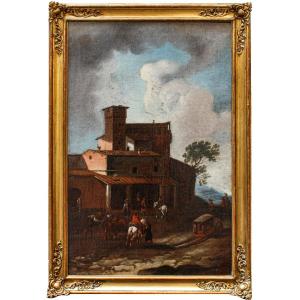


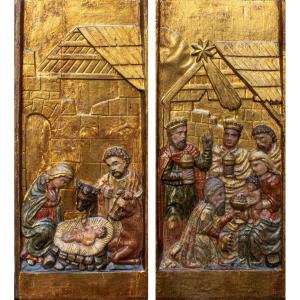


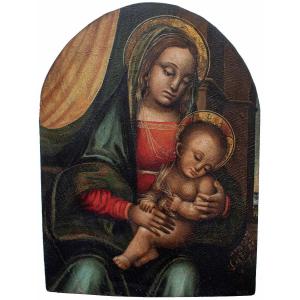




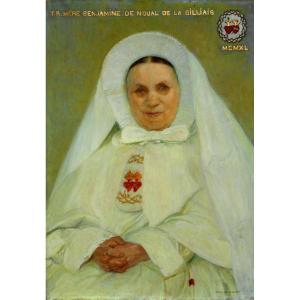


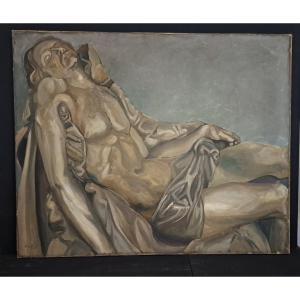



 Le Magazine de PROANTIC
Le Magazine de PROANTIC TRÉSORS Magazine
TRÉSORS Magazine Rivista Artiquariato
Rivista Artiquariato